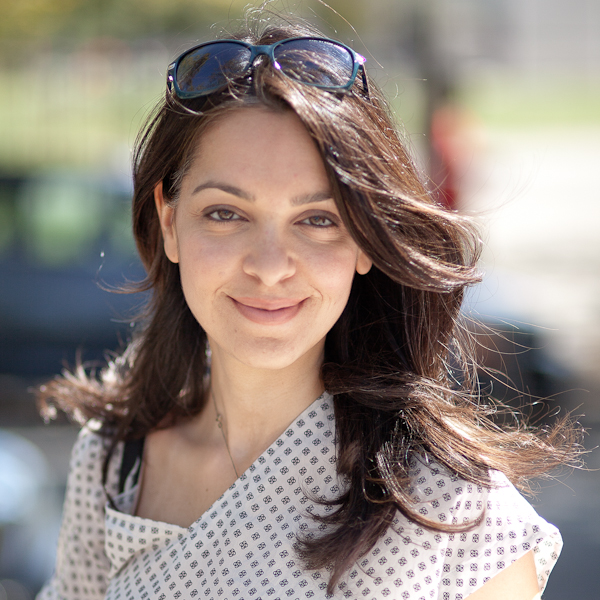Sun's Far Side Visible Now
There's no place for the Sun to hide its face anymore.
The rotating star's far side, out of view to astronomers, has now been fully seen for the first time using data from the Solar and Heliospheric Observatory (SOHO).
A new technique allows scientists to detect potentially damaging solar storms that may be brewing on the far side of the Sun and, weeks later, will be rotated into view and aimed our way.
"Sunspots, solar flares and other active regions on the surface of the Sun emit radiation that can interfere with orbiting satellites, telecommunications and power transmission," said Philip Scherrer, a research professor at Stanford University Department of Physics. "This new method allows more reliable warning of magnetic storms brewing on the far side that could rotate with the Sun and threaten the Earth."

A Michelson Doppler Imager (MDI) aboard SOHO creates the images of the Sun's interior by measuring the speed of sound waves formed by blistering gases that well up to the surface.
"This technique works on the same principle as a medical ultrasound, which can create an image of a fetus inside a pregnant woman," Scherrer explained. "In this case, we're looking through a star with sound waves."
Get the Space.com Newsletter
Breaking space news, the latest updates on rocket launches, skywatching events and more!
Although two similar techniques have been around for a few years now, their limitations did not allow the entire hidden side of the Sun to be observable. The images from one offered a view of the center of the Sun's far side, while the other showed the edges.
A new computer algorithm finally allows the entire back face to be viewed.
"This new method is a vast improvement," Scherrer said. "It should be especially important during the next solar maximum, which should begin in 2011, when solar activity will be at its peak."
During the last solar max, the peak of sun's activity in a roughly 11-year cycle, solar storms caused power outages in parts of Sweden and Canada and destroyed a satellite used to verify a number of credit card payments in the United States.
Air transportation can also be affected because solar storms interfere with the Global Positioning System satellites, Scherrer explained. "Our goal is to give pilots and air traffic controllers a day or two notice of a possible solar event."
- SOHO Image Gallery
- Natural Space Mirrors Reflect Sun's Hidden Outbursts
- New Model Predicts More Intense Solar Storms Ahead
- What is a Solar Maximum and What Happens?
- Sun Cam: Live Views
Join our Space Forums to keep talking space on the latest missions, night sky and more! And if you have a news tip, correction or comment, let us know at: community@space.com.










